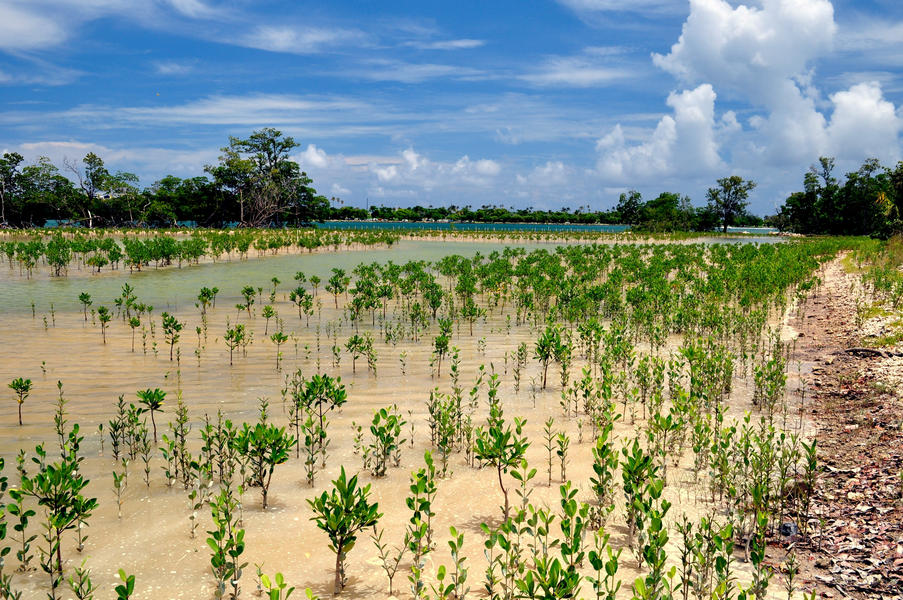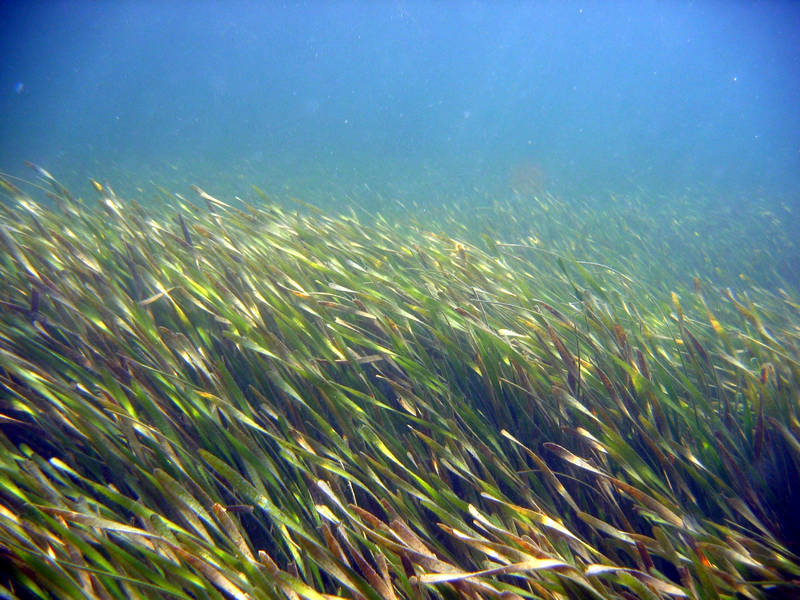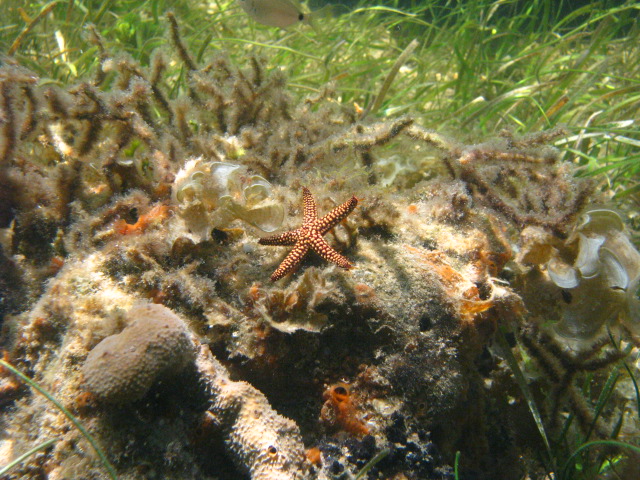

St. Martins Marsh Aquatic Preserve
- Home
- Divisions
- Office of Resilience and Coastal Protection
- Aquatic Preserve Program
- St. Martins Marsh Aquatic Preserve
Aquatic-Preserve Quick links
- Alligator Harbor Aquatic Preserve
- Apalachicola Bay Aquatic Preserve
- Banana River Aquatic Preserve
- Big Bend Seagrasses Aquatic Preserve
- Biscayne Bay Aquatic Preserves
- Boca Ciega Bay Aquatic Preserve
- Cape Haze Aquatic Preserve
- Cape Romano-Ten Thousand Islands Aquatic Preserve
- Cockroach Bay Aquatic Preserve
- Coupon Bight Aquatic Preserve
- Estero Bay Aquatic Preserve
- Fort Pickens Aquatic Preserve
- Gasparilla Sound-Charlotte Harbor Aquatic Preserve
- Guana River Marsh Aquatic Preserve
- Indian River-Malabar to Vero Beach Aquatic Preserve
- Indian River-Vero Beach to Fort Pierce Aquatic Preserve
- Jensen Beach to Jupiter Inlet Aquatic Preserve
- Kristin Jacobs Coral Aquatic Preserve
- Lake Jackson Aquatic Preserve
- Lemon Bay Aquatic Preserve
- Lignumvitae Key Aquatic Preserve
- Loxahatchee River-Lake Worth Creek Aquatic Preserve
- Matlacha Pass Aquatic Preserve
- Mosquito Lagoon Aquatic Preserve
- Nassau River-St. Johns River Marshes and Fort Clinch Aquatic Preserves
- Nature Coast Aquatic Preserve
- North Fork, St. Lucie Aquatic Preserve
- Oklawaha River Aquatic Preserve
- Pellicer Creek Aquatic Preserve
- Pine Island Sound Aquatic Preserve
- Pinellas County Aquatic Preserves
- Rainbow Springs Aquatic Preserve
- Rocky Bayou Aquatic Preserve
- Rookery Bay Aquatic Preserve
- St. Andrews Aquatic Preserve
- St. Joseph Bay Aquatic Preserve
- St. Martins Marsh Aquatic Preserve
- Terra Ceia Aquatic Preserve
- Tomoka Marsh Aquatic Preserve
- Wekiva River Aquatic Preserve
- Yellow River Marsh Aquatic Preserve
- All Aquatic-Preserve content
St. Martins Marsh Aquatic Preserve was established on Oct. 21, 1969.
- St. Martins Marsh Aquatic Preserve's freshwater tributaries include two first-magnitude spring fed rivers: the Homosassa River to the south and Crystal River to the north.
- Spring discharge does not fluctuate dramatically from season to season, allowing a constant flow of freshwater into St. Martins Marsh's productive and well-balanced estuary.
- The area's vast coastal salt marshes, mud flats, oyster bars, mangrove islands and seagrass beds are the southern terminus for migratory waterfowl of the Atlantic and Mississippi flyways. St. Martins Marsh provides stopover and wintering areas for many migratory species.
- The Springs Coast is characterized by unique limestone outcroppings and exposed karstic features. Habitats associated with these areas are hardbottom sponge and coral communities and sargassum meadows.
Resource Management
St. Martins Marsh Aquatic Preserve collects valuable water quality data through the use of YSI EXO multi-parameter datasondes that collect data in 15-minute intervals. A continuous water quality monitoring station is located at the southern boundary of the aquatic preserve outside of the Homosassa River. It collects water temperature, specific conductivity, salinity, dissolved oxygen percent and concentration, water depth, pH and turbidity. Continuous water quality data is publicly-available on the Aquatic Preserve Data Portal.
These continuous, long-term datasets are valuable in collecting baseline data and monitoring trends over time. Monthly nutrient sampling occurs through Project COAST, and monthly sampling in St. Martins Marsh is currently performed by University of Florida contractors. With the continuous water quality monitoring station and the monthly nutrient monitoring, the water quality of St. Martins Marsh can be closely monitored, and the data can be used by resource managers, planners, permitting agencies, educators, scientists, and the general public to address specific coastal management needs and promote conservation of estuarine habitats.
In addition to water quality monitoring, staff of St. Martins Marsh Aquatic Preserve also monitors seagrass and macroalgae at 25 fixed locations annually. With over 25 years of seagrass data in Citrus County, seagrass health and community structure can be analyzed to note any significant changes or trends. Seagrass data is publicly-available on the SEACAR Data Discovery Portal.
In order to protect the seagrass, partnerships with Florida Fish and Wildlife Conservation Commission's (FWC) Fish and Wildlife Research Institute (FWRI) and Florida Sea Grant were established.
With help from FWC, derelict fishing gear and vessels are removed from the aquatic preserve to prevent shading out and killing the underlying seagrass. FWRI performs annual seagrass surveys and developed the Seagrass Integrated Mapping and Monitoring (SIMMS) program and report to share seagrass data, stressors, trends, and a report card of each geographical region of seagrass along Florida’s coastline. Florida Sea Grant designed the Scars Hurt: Be Seagrass Safe campaign to educate boaters of safe boating practices in shallow seagrass areas. Signs are posted at local boat ramps, and aquatic preserve staff actively promote the Scars Hurt campaign at education and outreach events. Outreach within the community is an effective way to educate people on the importance of seagrass habitats and how visitors can help protect this critical resource from physical damage.
FL
United States
St. Martins Marsh Aquatic Preserve is a gem on the Springs Coast of Florida with ample recreational opportunities for people looking to reconnect with nature. Boating, kayaking, fishing, and scalloping are among the more popular ways to experience St. Martins Marsh.
You don't need a watercraft to see the aquatic preserve. The trails of Crystal River Preserve State Park allow access to the marsh and water's edge. Fishing and birding are popular from both the land and water. If you want to get into the water, snorkeling and scuba diving are popular. The waters are crystal clear thanks to the numerous springs just offshore.
Kings Bay, the headwaters of the Crystal River, is world famous for the manatees that stay in the area year-round. In the winter, even more manatees take refuge in the warm springs in the bay. Manatees utilize the seagrass beds in St. Martins Marsh for foraging grounds.
In the summer during legal harvesting season, scalloping is a popular recreational activity in St. Martins Marsh. Scallops are mobile filter feeders, and the vast seagrass meadows provide ample protection and habitat for all stages of their life cycle.
With dozens of archaeological sites documented by the Florida Department of State Division of Historical Resources, the area of St. Martins Marsh Aquatic Preserve is recognized as a major center of Indigenous activity in Florida.
St. Martins Marsh Aquatic Preserve is within transitional zones between temperate and tropical and between upland and aquatic. Consequently, it has a tremendous diversity of communities.
Seagrass Beds
Image


Marine and estuarine seagrass beds are floral-based natural communities typically characterized as expansive stands of vascular plants. This community occurs in subtidal (rarely intertidal) zones in clear, coastal waters where wave energy is moderate.
Seagrasses are flowering plants that require sunlight for photosynthesis and have true roots for anchoring down into the sediment. Turtle grass (Thalassia testudinum), manatee grass (Syringodium filiforme), shoal grass (Halodule wrightii), star grass (Halophila engelmannii) and widgeon grass (Ruppia maritima) can be found in St. Martins Marsh Aquatic Preserve.
Attached to the seagrass leaf blades are numerous species of epiphytic algae and invertebrates. Together, seagrasses and their epiphytes serve as important food sources for manatees, marine turtles and many fishes, including spotted sea trout, sheepshead and red drum.
The dense seagrasses also serve as shelter or nursery grounds for many invertebrates and fishes, including marine snails, clams, bay scallops (Argopecten irradians), polychaete worms, pink shrimp, blue crab, sea stars, sea urchins, tarpon, seahorses and striped mullet.
Like mangroves, seagrass act as a storage sink for blue carbon to reduce the amount of greenhouse gases in the atmosphere. Seagrass beds are extremely vulnerable to human impacts.
Algal Beds
Marine and estuarine algal beds are floral-based natural communities with large populations of nondrift macro or micro algae. This community may occur in subtidal, intertidal and supratidal zones on soft and hard bottom substrates. Vascular plants (e.g., seagrasses) may occur in algal beds associated with soft bottoms.
Sponge Beds
Image

Marine and estuarine sponge beds are soft faunal-based natural communities characterized as dense populations of sponges. The dominant animal species are sponges such as branching candle sponge (Verongia longissima), Florida loggerhead sponge (Spheciospongia vesparium) and sheepswool sponge (Hippiospongia lachne). Although concentrations of living sponges can occur in marine and estuarine intertidal zones, sponge beds are confined primarily to subtidal zones.
Other sessile animals typically occurring in association with these sponges are stony corals, sea anemones, mollusks, tube worms, isopods, amphipods, burrowing shrimp, crabs, sand dollars and fishes. Sessile and drift algae can also be found scattered throughout sponge beds.
Sponge beds require hard bottom (consolidated) substrate (i.e., coquina, limerock, relic reefs) on which to anchor. Hard bottom substrate occurs sparsely throughout Florida in marine and estuarine areas; however, sponges prefer the warmer waters of the southern portion of the state, significantly limiting the distribution severely. This natural community in St. Martins Marsh Aquatic Preserve is currently in good/stable condition.
Mangrove Swamp
Mangrove swamp is a dense forest that can be found along flat marine and estuarine shorelines with low wave energy. These communities occur in flat coastal areas along saline or brackish portions of rivers, along the edges of low-energy estuaries, and along the seaward fringes of salt marshes and rockland hammocks.
Soils are generally anaerobic and are saturated with brackish water at all times, becoming inundated during high tides. Mangrove swamp occurs on a wide variety of soils, ranging from sands and mud to solid limestone rock.
Mangrove swamps predominately consist of red mangrove (Rhizophora mangle), black mangrove (Avicennia germinans), white mangrove (Laguncularia racemosa) and buttonwood (Conocarpus erectus). These species can be found together in mixed stands or separated in monospecific zones that reflect varying degrees of tidal influence, levels of salinity and types of substrate. In the lowest, deep water zone, red mangrove tends to dominate, while black mangrove is most likely to be found in the intermediate zone, followed by white mangrove and buttonwood in the highest, least tidally influenced zone.
Mangrove swamp communities are important because they provide homes for Florida’s commercially and recreationally significant fish and shellfish. These natural communities are also the breeding grounds for substantial populations of wading birds, shorebirds and other animals.
The continuous shedding of mangrove leaves and other plant components produce as much as 80% of the total organic material available in the aquatic food web. Additionally, mangrove swamps break wave energy and act as natural storm barriers by absorbing the brunt of tropical storms and hurricanes. Mangroves also store blue carbon and help reduce greenhouse gases in the atmosphere.
Salt Marsh
Salt marshes are one of the most biologically productive natural communities in the world due to the tidal fluctuations that cycle nutrients and allow marine and estuarine fauna to access the marsh. Salt marshes are also extremely important because of their storm buffering capacity and their pollutant filtering actions.
The dense roots and stems hold the soils together, reducing the impact of storm wave surge. The plants, animals and soils filter, absorb and neutralize many pollutants before they can reach adjacent marine and estuarine communities.
Hydric Hammock
Hydric hammock is an evergreen and/or palm closed-canopy forest where palms and ferns are commonly found in moist soils and occur in low, flat, wet sites.
Aquatic Caves
Aquatic caves occur in the form of the numerous spring vents in the bays of the aquatic preserve.
Shell Mounds
Shell mounds are small hills elevated entirely by mollusk shells that were discarded by Native Americans several centuries ago. These mounds support a diverse hardwood, closed-canopy forest with the rich calcareous soil composed of shell fragments.
Interested in subscribing to DEP newsletters or receiving DEP updates through email?
Sign UpAbout DEP
The Florida Department of Environmental Protection is the state’s lead agency for environmental management and stewardship – protecting our air, water and land. The vision of the Florida Department of Environmental Protection is to create strong community partnerships, safeguard Florida’s natural resources and enhance its ecosystems.
Learn MoreContact
3900 Commonwealth BoulevardTallahassee, Florida 32399-3000 Public.Services@FloridaDEP.gov 850-245-2118
